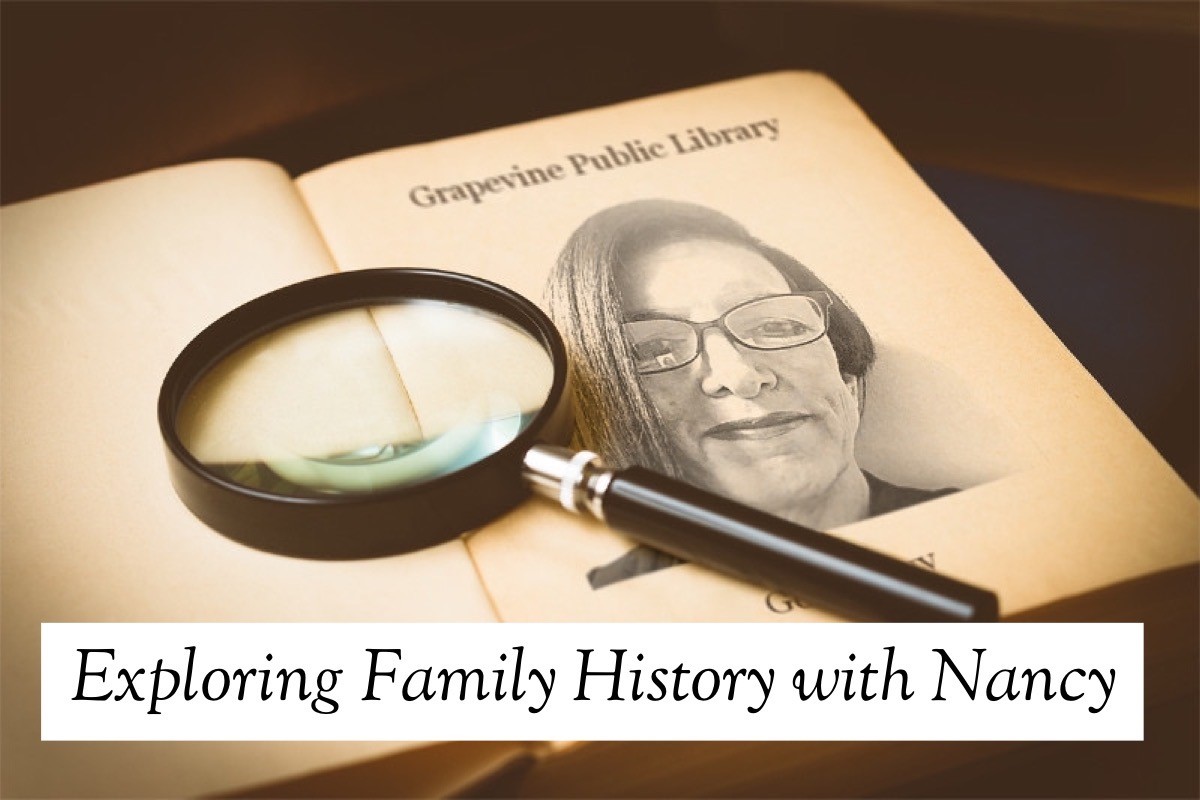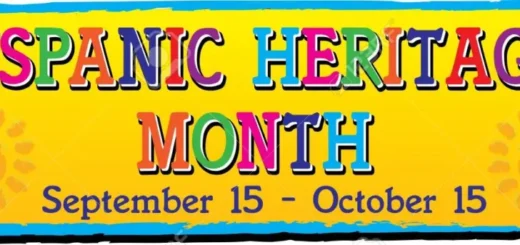Genealogy: Court Records

Court records are important resources for genealogists for many reasons. They can establish family relationships, places of residence, and provide various kinds of family history information. Unfortunately, they tend to be difficult to use because they’re not usually well-indexed, there are many different kinds of records, and court names and jurisdictions changed over time. Also, researchers will need to learn lots of legal terms and abbreviations in order to understand the legalities in these documents. Fortunately, you can get a good basic understanding of court records and legal terminology by using some resources included later in this post.
In the U. S. several types of courts exist. They include federal, state, and local courts, each designed to handle certain types of legal cases. The federal court system was established in 1789, and district courts were established in each state. Some states were divided into two or more districts as the population grew. District courts usually presided over federal civil and equity cases and had limited criminal jurisdiction until 1866. These cases involved admiralty, trade, bankruptcy, land seizure, naturalization, and, after 1815, non-capital criminal cases. Each state has its own supreme court and system of local courts, usually organized within counties or districts. Each court has jurisdiction over designated geographical areas and specific types of legal matters, and their names and responsibilities have changed and evolved over time.
The main types of legal cases you may find in court records are civil, equity, and criminal. Civil cases involve law violations whereby a person, not society, suffers injury. Those instances include property damage, trespass, or libel. Equity cases are disputes between individuals, whereby one or more persons petition the court in order to get a fair decision for both parties. These cases involve things like probates or estates and property rights. Criminal cases are about law violations that may injure society, such as murder or theft, and are considered felonies if serious and misdemeanors if minor.
Major types of court records include dockets, minutes, orders, and case files. Dockets are a table of contents to case files. They’re lists of cases heard by the court and usually show the plaintiff, defendant, date of case hearing, case file number, and documents pertaining to the case. They are usually in chronological order and may be indexed. Minutes are short daily accounts kept by the court clerk and list all court actions. They include names of the plaintiff and defendant and briefly describe the court’s actions. They are in chronological order and aren’t usually indexed. Orders are specific court judgments that include a short description of the case and judgment rendered. In some cases they record actions not found in other court records, like guardianships and re-recording of deeds previously lost. Case files are generally the most genealogically helpful. They contain bundles of all loose documents pertaining to a case, like testimony, depositions, petitions, and correspondence. To access a case file, you’ll need the file number from the docket, minutes or an index.
Most U. S. court records are held at local courthouses, although some states and counties have microfilmed various records or given them to other repositories such as state archives. Depending on the court, you may be able to request photocopies or search court indexes or dockets for the time period and surnames you need. These finding aids may contain a case file number, which you may need in order to request copies of that file. You may be able to do this in person or by mail, depending on how you can access the finding aids. Some court records and indexes have been printed and made available in libraries. Usually they are abstracts rather than complete records, and will provide you with enough information to search out the actual records that are held elsewhere. Many courts now have web sites where you can obtain information about record availability and access.
Published records and indexes may be found in libraries around the country. The largest genealogical library, the Family History Library (FHL) in Salt Lake City, UT, has copies of many of the published records and indexes. It also holds microfilm copies of indexes, minutes, dockets, and orders (but not case files) from many local courthouses, some of which are digitized and accessible at https://familysearch.org. Printed and microfilmed resources must be used at the FHL. FHL holdings can be located by using the Place Search of the FamilySearch Catalog on this web site and entering one these search phrases:
[STATE] – COURT RECORDS
[STATE], [COUNTY] – COURT RECORDS
[STATE], [COUNTY], [TOWN] – COURT RECORDS
The FamilySearch wiki contains valuable information regarding court records in individual states: https://www.familysearch.org/wiki/en/United_States_Court_Records#Court_Records_by_State
Here are some useful resources that can help you with court record research:
In the late 1930s and early 1940s, the Works Progress Administration undertook inventories of the holdings of some county courthouses across the U. S. For example, inventories of 24 Texas county courthouses were taken and have been published. Some inventories are available on-line. Since these were taken long ago, some records may no longer exist or may have been relocated, but if you are fortunate in locating an inventory, it can help to know what existed at that time and could help you locate any surviving records.
The Researcher’s Guide to American Genealogy, 4th ed., by attorney Val D. Greenwood, contains excellent information on legal terminology in historical documents commonly used by genealogists.
Black’s Law Dictionary by Henry Campbell Black is a great source to consult for all kinds of legal definitions. The 1891 (and oldest edition, which the best for historical purposes) is on-line and searchable for free at HathiTrust here.
Genealogical dictionaries like The New A to Zax: A Comprehensive Genealogical Dictionary for Genealogists and Historians, 2nd ed., by Barbara Jean Evans, and Ancestry’s Concise Genealogical Dictionary by Maurine and Glen Harris, can be very helpful in understanding historical meanings of legal and non-legal terminology you may find in court documents.






Recent Comments